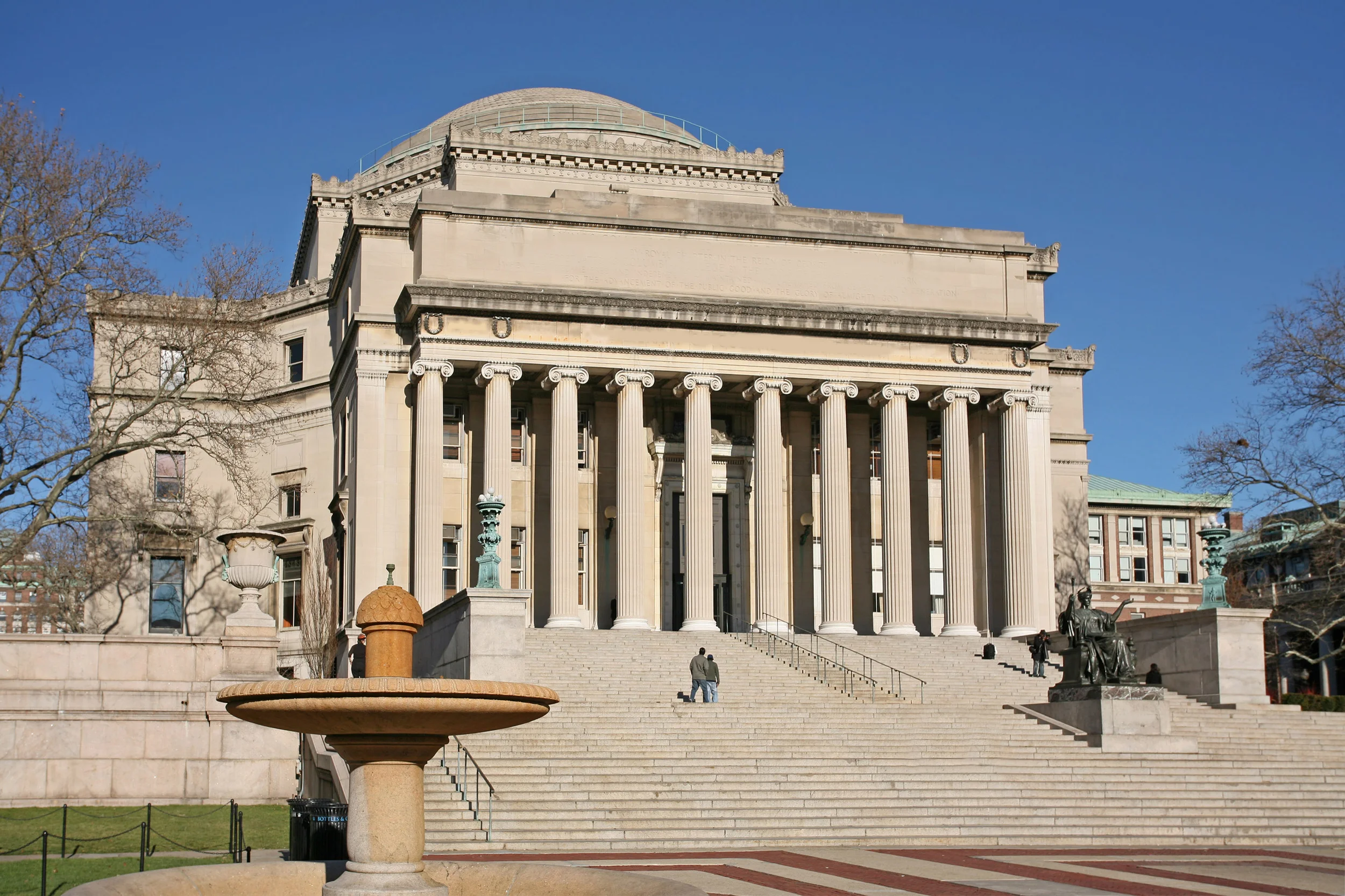Within the institutional-level variables, there are fewer potential implications as only one such variable, “in-state tuition”, demonstrated consistent significance across the models. Only at one stage of the model were the “public school” and “doctoral degree” categories significant with large impacts. While these variables should be studied further before any conclusions are made, findings point to public schools and schools with higher degrees available as those with potential impacts on sexual assault rates. What about these public schools leads to higher rates of sexual assault on campus? Public institutions may have reporting structures that encourage more official reporting by victims, leading to a better gauge of the actual victimization rates on campus. On the other hand, private schools may just have less sexual victimization on their campuses due to smaller and more secured campus populations. More, if schools with higher degrees awarded show reduced rates of sexual assault, do doctoral or graduate students serve some role as ‘capable guardians’? If this relationship exists, schools could work to mobilize more ‘capable guardians’ on campus, such as increased campus law enforcement officers, faculty members, older students or students trained in intervention and prevention tactics. However, these represent only a sample of the possible questions future research could explore using the framework provided in this paper. While data from this analysis would likely change in future studies due to better data and a more refined model, this paper openly acknowledges the elementary nature of the analysis and its more purposeful attempt to construct a basic framework that questions what comprehensive factors might be at play when examining the drivers behind campus sexual assault.
Policy Implications: Looking Ahead
Increased Transparency and Quality of Data
This analysis points most strongly to the need for better data on sexual victimization rates and the contextual factors that influence them. Without more accurate institutional-level data, researchers will either have to use notoriously weak Clery data, which relies on institutions for official numbers, or compile different data sources themselves. Due to the inherent weakness and potential unreliability in the Clery data, results of this specific analysis could be indicative of actual differences in sexual victimization rates, or differences in the accuracy of reporting, reporting systems (i.e. systems that are victim-centered versus based on reports done by officials), or some combination of these factors. However, more comprehensive and reliable data may be coming: the 2014 White House Task Force to Protect Students from Sexual Assault highlighted the need for schools to conduct campus climate surveys to gather information from students and faculty rather than merely rely on official reports. If policymakers enact national standards to reduce campus sexual assault, such as mandating surveys or information-collecting processes annually, this contextual information could help researchers, practitioners and policymakers better understand the scope of the problem and set the stage for future research that could more accurately identify contributing factors. This knowledge would also allow policymakers and university administrators to create better policies to mitigate campus sexual assault and employ prevention strategies. The transparency of this information would also make it more difficult for administrators to cover-up or obscure higher rates of campus sexual assault than they are able to through officially reported avenues.
Increased Efficiency of Security and Prevention Efforts
If future analyses find a correlation between certain factors (community, student or institutional) and campus sexual assault rates, these findings could also impact broader policy solutions. Individual colleges employ different approaches to prevent campus crime; some colleges or universities use fully-accredited campus police forces (i.e. Virginia Commonwealth University), others rely on private security (i.e. Louisiana College), and some employ security officials that could be best described as ‘night watchmen’ (i.e. Dabney S. Lancaster Community College). If future studies could better pinpoint what environmental factors contribute to campus sexual assault (e.g. size of school, faculty gender ratio, location, community crime rate), such insight could inform decisions on what type of crime prevention strategies or security mechanisms might be best for an individual school.
Implementation of National Standards
While school administrators should use this information to tailor prevention and security strategies to fit the unique needs of their institution, they should not be exempt from a broader responsibility to protect students from sexual violence. The variability in data across institutions illustrates the need for national standards of prevention and reporting; these expectations, such as mandating annual campus climate surveys, would ensure that schools are actively addressing the issue and working to reduce incidents of sexual assault, assist victims and protect students from future risk.
Need for Innovative Strategies and Solutions
Campus sexual assault is not a new issue, as studies have long found similar victimization rates among college women (i.e. Kanin 1967, 1970, 1977; “Not Alone”, 2014). However, more accurate and comprehensive data, and the increased prevalence of the issue amongst colleges in the millennial era, both suggest that viewing this issue through a generational lens may offer new solutions. For example, the effects of rapid technological advancements in the 21st century, epitomized by increasing use and availability of the Internet and social media, has connected people in unprecedented ways (Vito, 2013). Yet, this increased interconnectedness could facilitate in the spread of information that debilitates sexual assault prevention efforts on college campuses, such as cultural messages or conversations that exploit women and question what constitutes ‘real rape’. Mixed understanding or interpretation of what constitutes rape or sexual assault has contributed to the underreporting of sexual assault incidences, as many victims do not believe they were assaulted or feel pressured not to report the incident (Sloan & Fisher, 2010).









